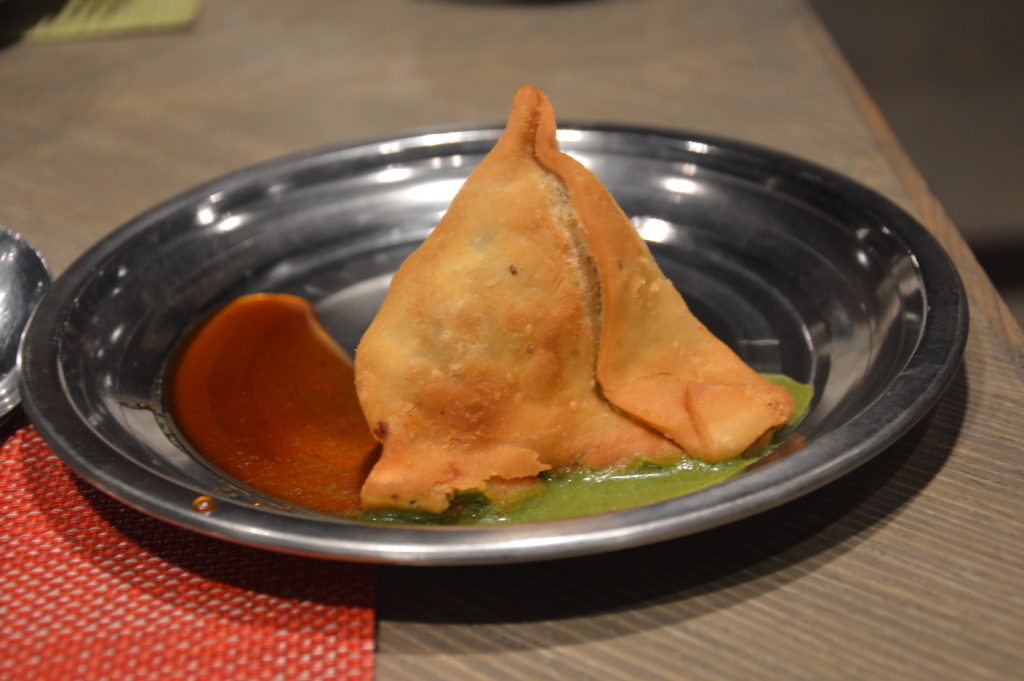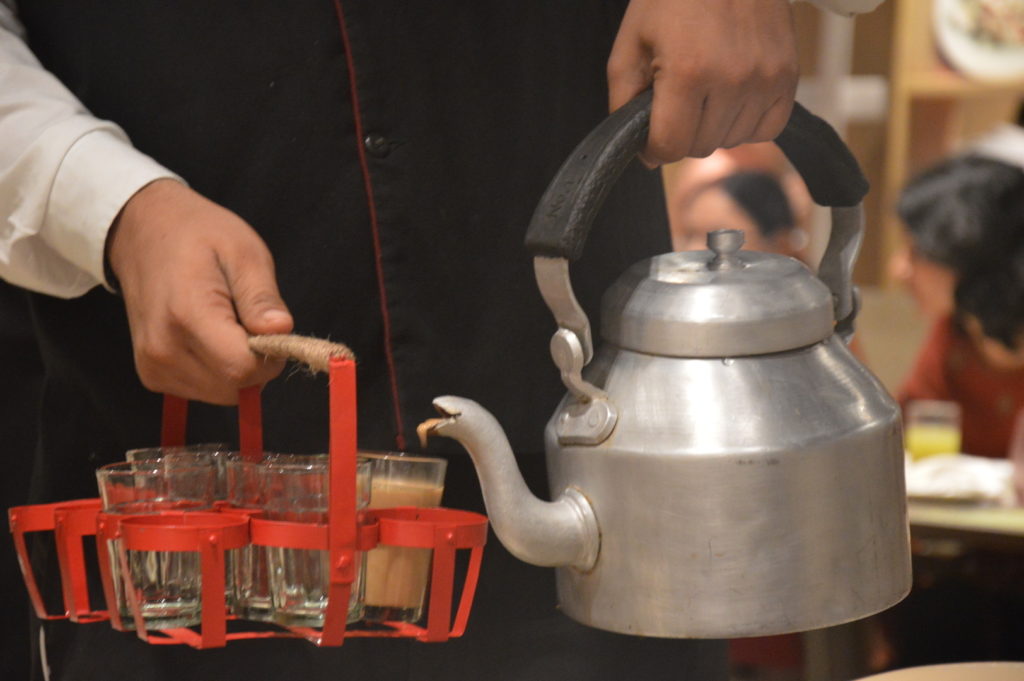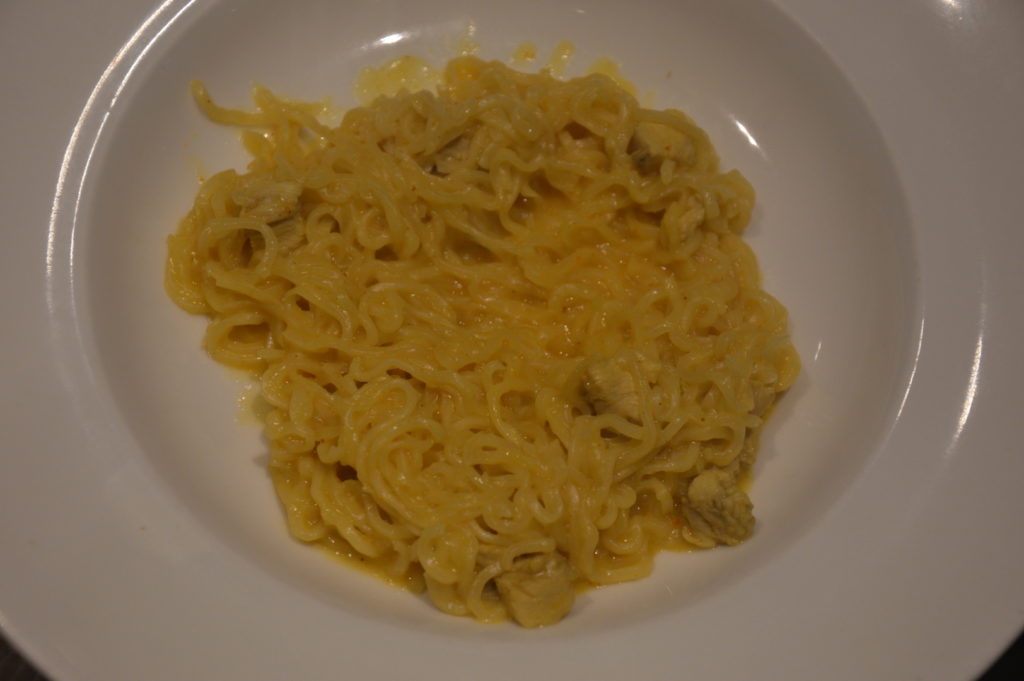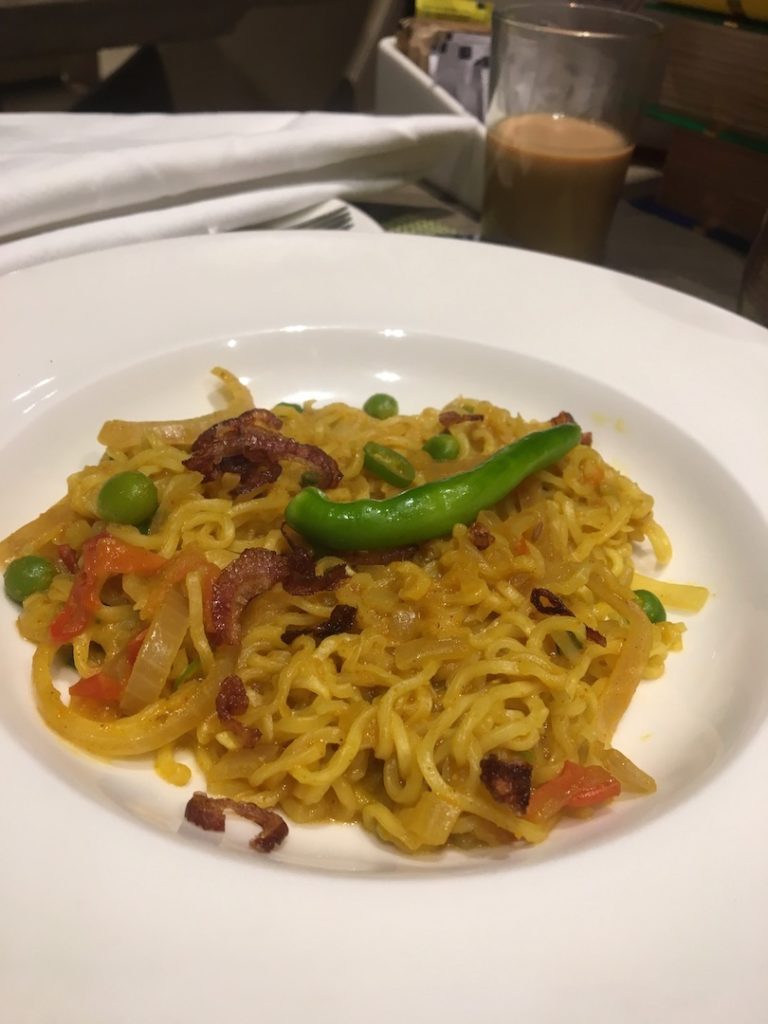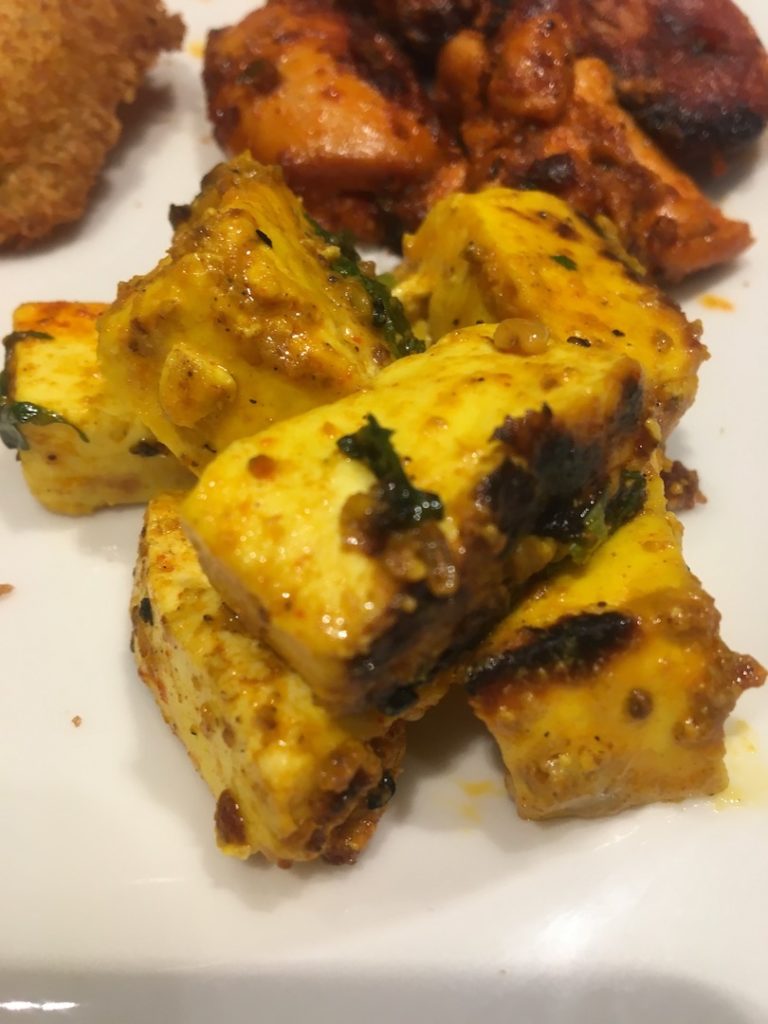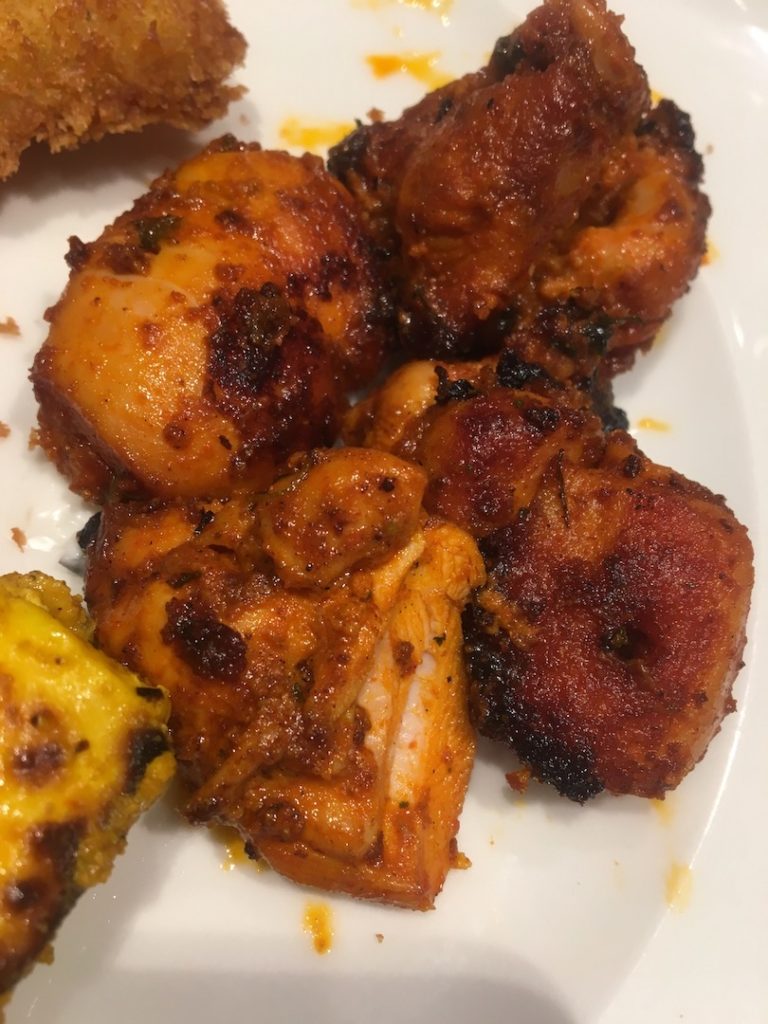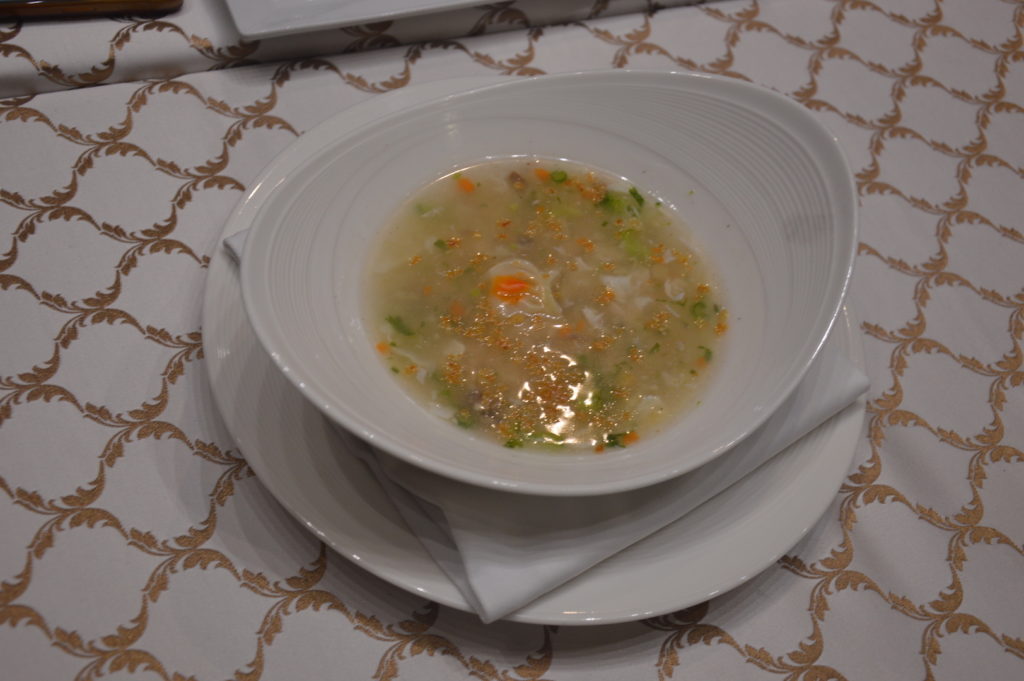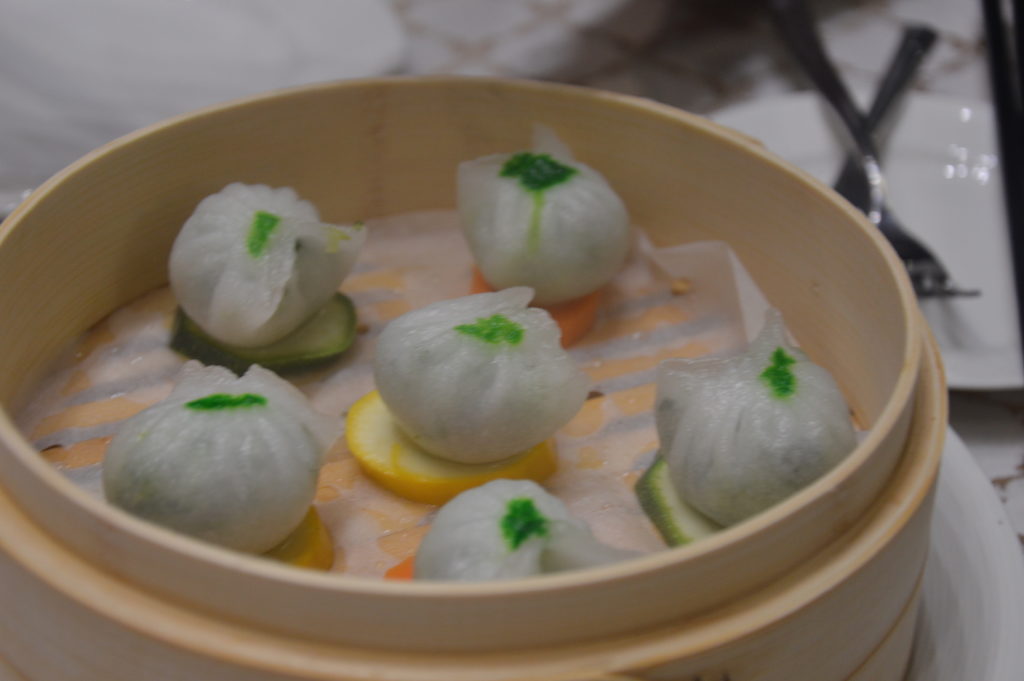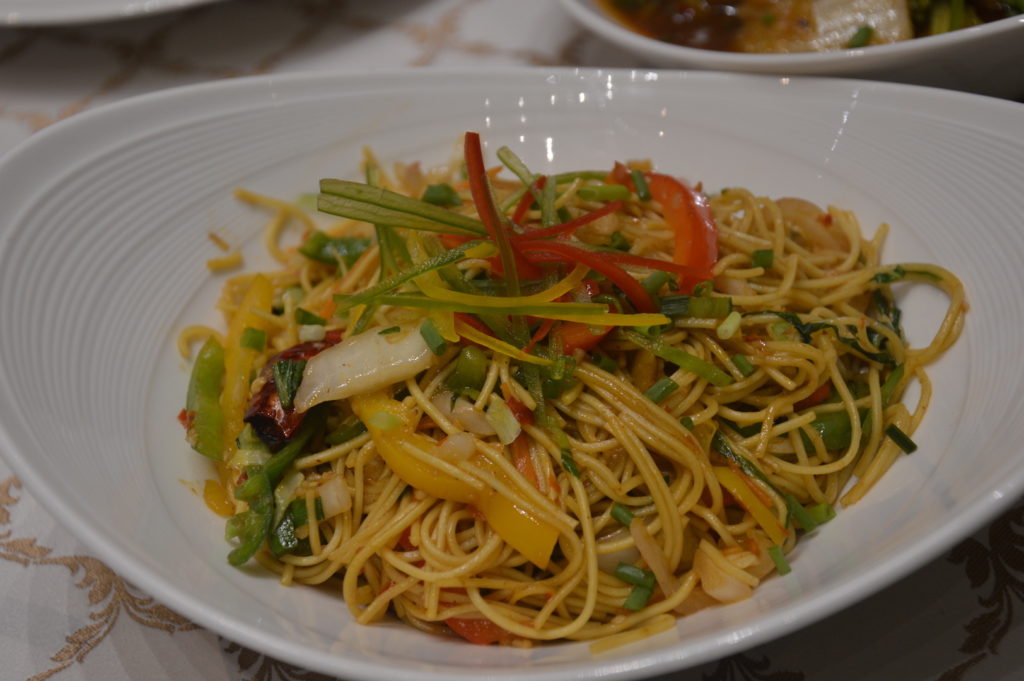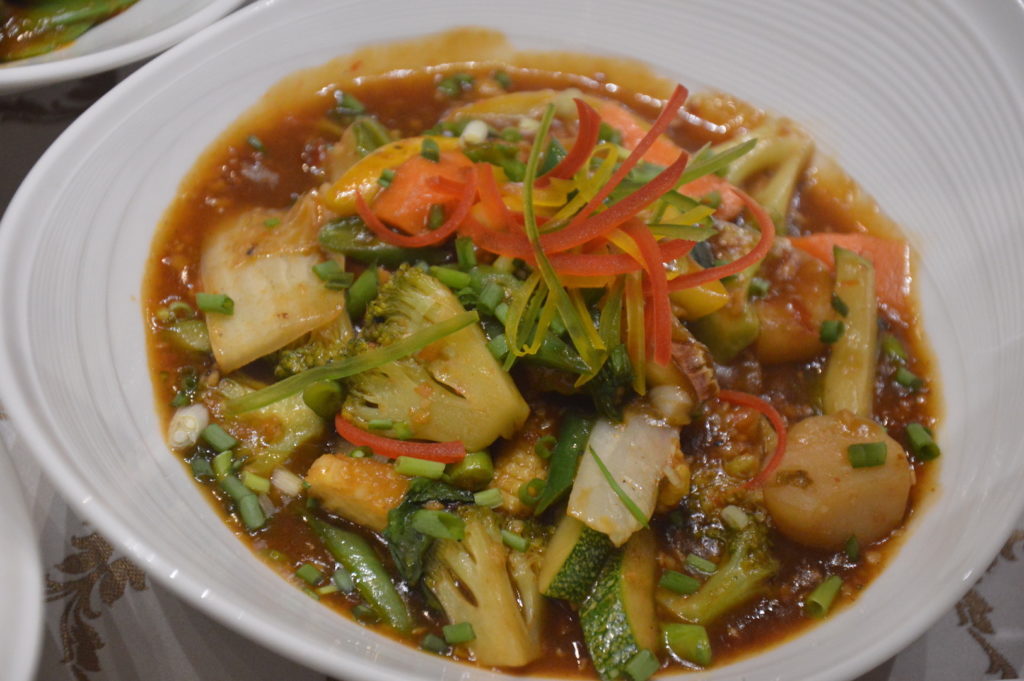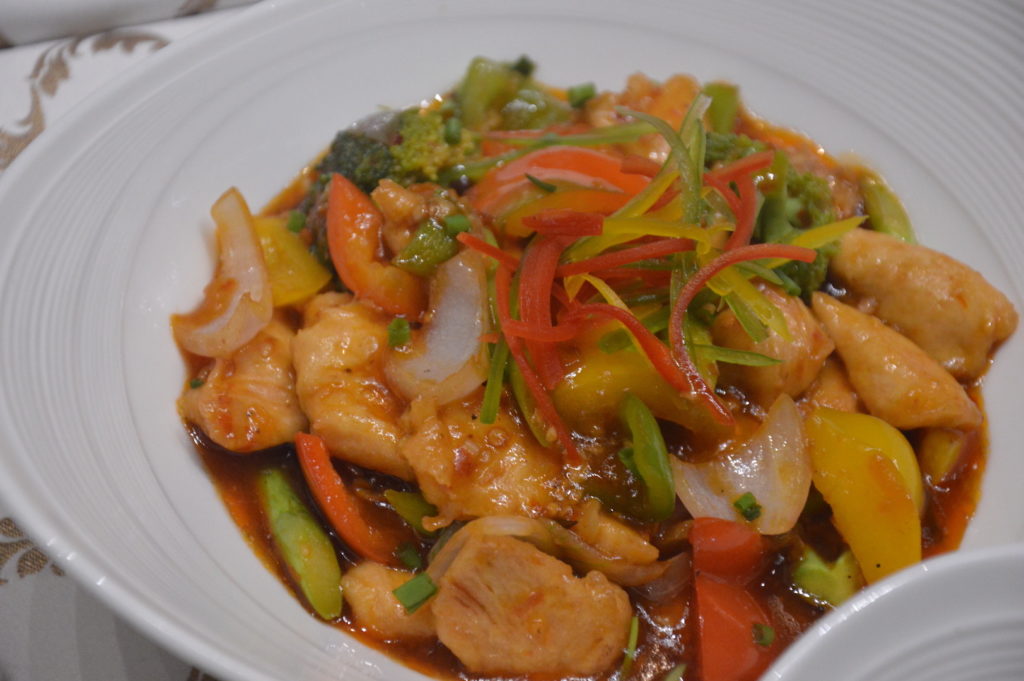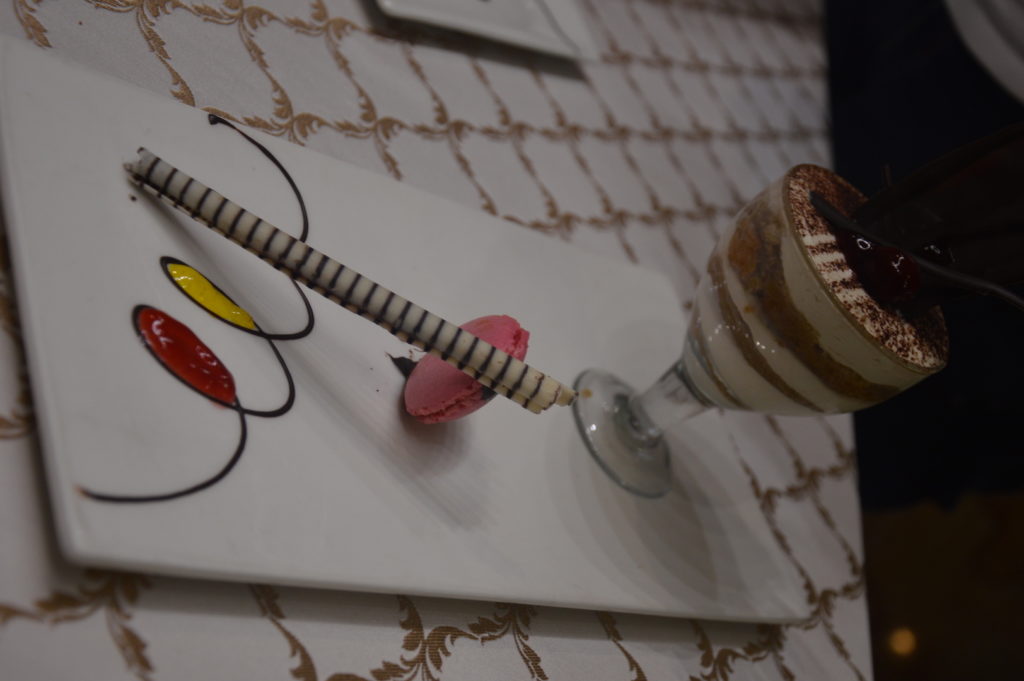Avoid a Storm in Your Teacup: Knowing Your Oolong from Your Matcha
While tea is most commonly associated with the British, its popularity across our own nation is on the rise. So it’s time to start getting to know your different types of tea, how and when to serve them and the different benefits that they can have on your health. For now, let’s stick to three of the most commonly consumed varieties of tea: black teas, green teas and tisanes.

Black Tea
Black tea is the most widely tried type of tea in the West. It is made of young tea leaves that are picked at a young age, withered, rolled, fully oxidised, and fired. Who knew such an extensive process went into making the leaves that fill tea bags in our local supermarkets and grocery stores? Different blends are available. This is a trend that has been carried out by the British for many years. Certain strengths and qualities are chosen for different tastes. For example, you may get a strong breakfast tea or a light afternoon tea. If you have more sensitive taste buds, it’s good to bear in mind that teas from different regions have different characters and signature flavours. Some of the most popular signature teas hail from Darjeeling, Assam, and Nilgiri. Others are processed in specific ways that affect the flavour. An example of this is Lapsang Souchong. The leaves for this tea are smoked over a pinewood fire to give the final result a deep, smoky flavour. When it comes to brewing your tea, it all comes down to personal taste. Some prefer to add sugar, others honey, some lemon. Most will add milk to black tea.

Tisanes
Tisanes are floral or herbal teas. Technically, a “tea” has to originate from the Camellia sinensis plant, the label has been increasingly attached to blends created from other species of plant. These teas are more of a novelty, offering beautiful colours, aromas and flavours. There are seemingly endless varieties of tisanes available, from Chamomile options to laso Tea which claims to aid weight loss. So make sure to read up on whichever type you opt for in order to understand its ingredients, qualities and how its consumption may affect you.

Green Tea
Green teas are easy to identify: the fact that they are not oxidised in the process of manufacturing them, they retain their natural colour. They are heat processed to eliminate the enzyme responsible for the oxidisation process that gives black tea its distinctive colour. Chinese varieties tend to have been roasted or pan fired, while Japanese varieties are more frequently steamed. Popular varieties of green tea to try out include matcha, Sencha, dragon’s well, and gyokuro. Make sure to do your research when it comes to storing your chosen type best. Some will taste much better when stored in cool temperatures or dark atmospheres.
Finding the best blend of tea for your personal tastes, whether black, green or tisane requires experimentation and plenty of trial and error. So it’s time to start exploring the world of tea!




